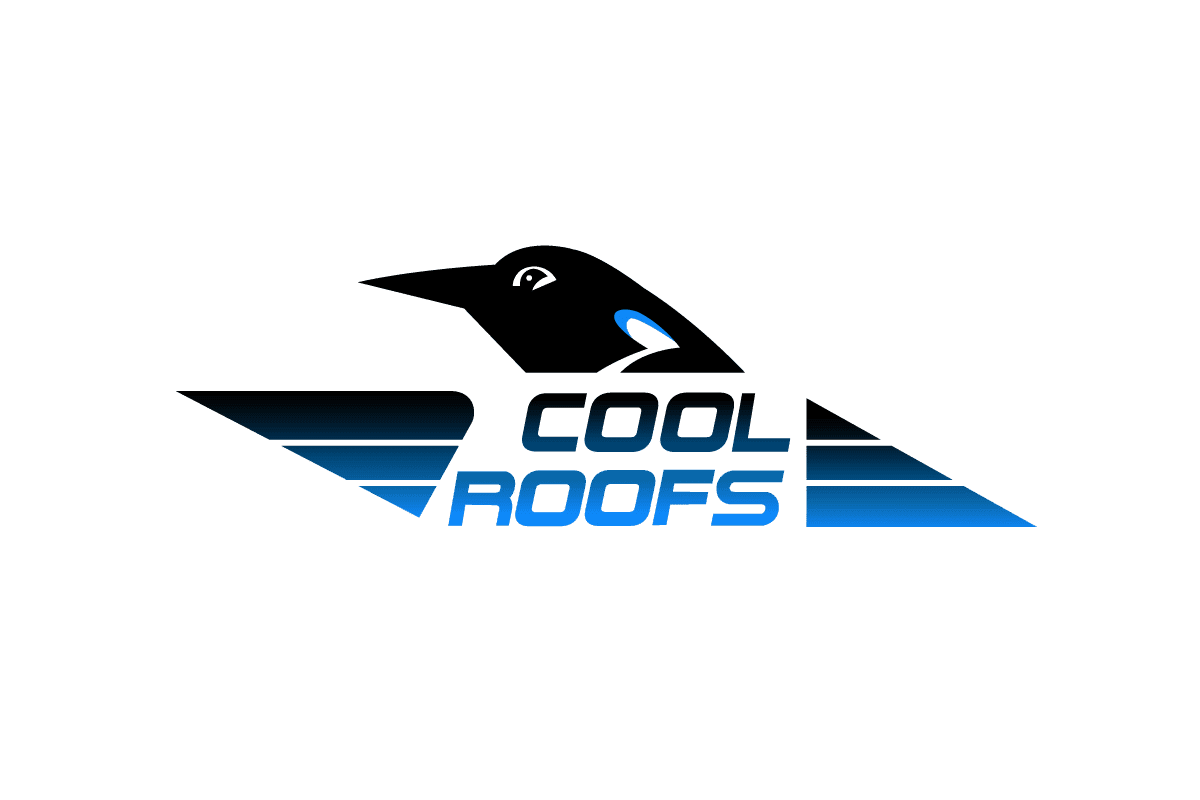Roof Fascia: Understanding the Essentials
Roof Fascia and Its Importance
Fascia boards play a crucial role in protecting the structural integrity of our roofs. Located at the edges, they connect the roof to the rafters and often support the gutter system. These boards may be made of various materials, including wood, vinyl, or aluminum, which contribute to their durability against the elements.
Maintaining fascia boards is essential for safeguarding the underlying wooden boards and ensuring that moisture does not infiltrate the roof. This protection helps prevent leaks and other forms of weather damage. Regular inspections of the fascia can help us identify any issues before they escalate, thus maintaining both the aesthetic appeal and functionality of our roofs.
When To Replace Your Roof Fascia
Determining when to replace fascia boards depends on various factors. Signs of damage can include cracks, warping, or a deterioration in appearance, which may necessitate a replacement. It’s wise to pay attention to the following issues that might indicate a need for replacement:
- Moisture Damage: If the fascia boards are not adequately sealed or have been exposed to persistent moisture from roof leaks or blocked gutters, they may suffer wood rot. This can compromise not just the fascia but also the gutters and the overall roofing structure.
- Growth of Algae and Mold: Boards that remain damp frequently can become a breeding ground for algae, mold, and fungus, which contribute to decay and unsightly stains.
- Cracking: As fascia boards age or are exposed to severe weather changes, they may develop cracks that necessitate a replacement.
- Animal Damage: Pests, seeking entry into our homes, might cause harm by chewing on fascia boards or creating gaps that lead to further structural problems.
- Bowing or Sagging: If we notice any bending in the fascia, that could indicate a more significant structural issue and should prompt a conversation with a roofing professional.
In some situations, only a section of the fascia may need repair rather than a full replacement. Nonetheless, if there are significant indicators of age or damage, complete replacement may be the most prudent course of action.
Steps Involved in Fascia Repair
Fascia repair involves several important steps to ensure a proper installation. Here’s an overview of what we can expect during this process:
- Inspection of the Existing Fascia: Before any work begins, a thorough inspection helps us understand the extent of the damage. This assessment allows us to get an estimate of the resources and labor necessary for the project.
- Gutter Removal: Since gutters are typically attached to the fascia, they need to be detached first to prevent further damage during the repair. If replacing our gutters, they will be reattached after the new fascia is secured.
- Fascia Removal: Our roofing contractor will carefully remove the damaged fascia, taking care to pry out nails without causing additional harm. This allows for precise measurements and cutting of new materials.
- Fascia Installation: The new fascia boards will be installed, with care taken to fill any gaps with caulking for a waterproof seal. Once the new boards are in place, we have the option to prime, paint, or stain them to match our home’s exterior.
By following these steps, we can ensure our fascia not only looks great but also performs its function in protecting our home.
Choose Cool Roofs for Fascia Repair
It’s easy to overlook the importance of fascia boards, but they are a vital part of our roofing system. Neglecting them can lead to more significant issues in the long run. At Cool Roofs, we are here to assist with any fascia repairs or roofing concerns.
Our team is dedicated to maintaining the value and security of our homes. If you notice signs of damage or simply want to ensure your roofing system is in top shape, reaching out to us is a wise decision. We provide free estimates and expert service tailored to your needs, ensuring your home remains protected for years to come.
Frequently Asked Questions
How do we know if a fascia board needs fixing or replacing?
We should look for visible signs of damage, such as cracks, rot, or warping. If the fascia is sagging or has peeling paint, this could also indicate a problem. A thorough inspection can help us determine the extent of the damage.
What influences the cost of fixing or replacing fascia boards?
Several factors can impact the cost, including:
- Extent of Damage: More severe damage requires more materials and labor.
- Material Choice: Different materials come with varying prices.
- Labor Rates: Costs may vary based on contractor fees in our area.
- Accessibility: If the fascia is hard to reach, it may increase labor costs.
What is the usual lifespan of fascia boards before they need to be replaced?
Typically, fascia boards can last between 20 to 30 years, depending on the material and environmental conditions. Regular maintenance can help extend their life.
Is it possible to just partially replace a fascia board?
In some cases, we can replace only the damaged sections, but it’s essential to ensure that the new piece matches the existing structure. If extensive damage is present, a full replacement may be the more efficient option.
What should we look for to identify rot in fascia boards, and how do we fix it?
Signs of rot can include soft or spongy wood, discoloration, or a musty smell. If we find rot, we should remove the affected area and replace it with a new piece. It’s important to ensure that the new section is properly secured and sealed.
Can we repair fascia boards without taking down the gutters?
Repairing fascia boards without removing gutters can be challenging but is sometimes possible. We may need to work carefully around the gutters to avoid causing further issues. In some situations, it might be necessary to temporarily remove the gutters for easier access.

